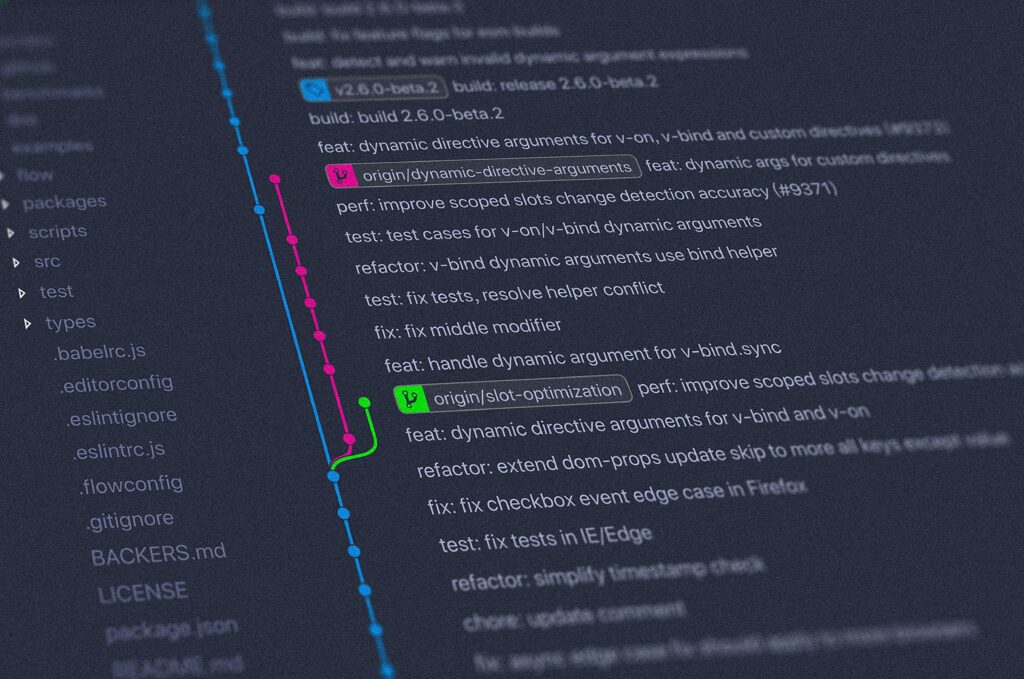In the rapidly evolving world of web development, combining robust backend frameworks with powerful frontend technologies is crucial for creating dynamic and efficient applications. Django, a high-level Python web framework, has proven to be an excellent choice for backend development, offering robust features and a scalable architecture. On the other hand, JavaScript frameworks like React and Vue.js are renowned for their flexibility and efficiency in building interactive user interfaces. When these technologies are integrated, they create a powerful stack that can handle complex web applications with ease.
If you’re looking to leverage these technologies, partnering with a reliable Django development company can make all the difference. Whether you need Django development services or you’re exploring the capabilities of a Django development agency, the integration of Django with JavaScript frameworks is a path worth considering.
Why Django for Backend?
Django is celebrated for its “batteries-included” philosophy, providing developers with a comprehensive suite of tools to build web applications efficiently. Here are some reasons why Django is an excellent choice for backend development:
- Rapid Development: Django’s modular architecture and built-in functionalities, such as an admin panel, ORM, and authentication system, significantly speed up the development process.
- Security: Django takes security seriously, offering features like protection against SQL injection, cross-site scripting, and cross-site request forgery out of the box.
- Scalability: Django’s design allows it to handle high traffic and large volumes of data, making it suitable for both small projects and large-scale applications.
- Community Support: A vibrant community and extensive documentation make Django a reliable choice, ensuring that developers can find support and resources when needed.
Why JavaScript Frameworks for Frontend?
JavaScript frameworks like React and Vue.js have become go-to choices for frontend development due to their performance, flexibility, and ease of use:
- Component-Based Architecture: Both React and Vue.js use a component-based approach, making it easier to manage and reuse code.
- Reactive Data Binding: These frameworks offer reactive data binding, ensuring that the user interface updates automatically when the underlying data changes.
- Large Ecosystem: React and Vue.js have rich ecosystems with numerous libraries and tools that enhance development efficiency and application performance.
- Community and Resources: A large community of developers contributes to these frameworks, providing a wealth of tutorials, plugins, and third-party integrations.
Integrating Django with React and Vue.js
When integrating Django with JavaScript frameworks like React or Vue.js, you can create a seamless, full-stack web application that leverages the strengths of both technologies. Here’s how you can do it:
- RESTful API with Django REST Framework:
- Setup: Start by setting up Django and installing the Django REST framework (DRF). DRF is a powerful toolkit for building Web APIs.
- Models and Serializers: Define your models in Django and create serializers to convert these models into JSON format.
- Views and URLs: Create views to handle API requests and map these views to URLs.
- Testing: Test your API endpoints to ensure they return the correct data.
- Frontend with React or Vue.js:
- Create the Frontend Application: Use Create React App or Vue CLI to scaffold your frontend application.
- Fetching Data: Use JavaScript’s
fetchAPI or libraries like Axios to fetch data from your Django backend. - State Management: Manage the state using React’s useState and useEffect hooks or Vue’s reactive properties and computed properties.
- Component Design: Design your components to display data fetched from the backend and handle user interactions.
- Authentication:
- Django Authentication: Use Django’s built-in authentication system to manage user sessions and permissions.
- Token-Based Authentication: Implement token-based authentication (e.g., JWT) to secure your API endpoints and manage user sessions on the frontend.
- Deployment:
- Backend Deployment: Deploy your Django application using services like Heroku, AWS, or DigitalOcean.
- Frontend Deployment: Deploy your React or Vue.js application using services like Netlify or Vercel.
- CORS Handling: Configure Cross-Origin Resource Sharing (CORS) in Django to allow your frontend application to interact with the backend API.
Benefits of Combining Django with JavaScript Frameworks
- Separation of Concerns: By decoupling the backend and frontend, you can develop and scale each part independently.
- Improved Performance: Leveraging Django’s robust backend capabilities with the dynamic nature of React or Vue.js results in a performant application.
- Enhanced User Experience: JavaScript frameworks offer smooth, interactive user experiences that keep users engaged.
- Scalability: This stack can handle growing user bases and increasing data volumes, making it ideal for startups and enterprises alike.
Conclusion
The combination of Django and JavaScript frameworks like React and Vue.js is a powerful approach to web development. It leverages the strengths of both backend and frontend technologies, resulting in robust, scalable, and efficient web applications. Whether you’re a developer looking to enhance your skills or a business seeking to build a dynamic web application, Django development services provided by a reputable Django development company or Django development agency can help you achieve your goals. By integrating Django with modern JavaScript frameworks, you can create a seamless user experience that stands out in today’s competitive digital landscape.







